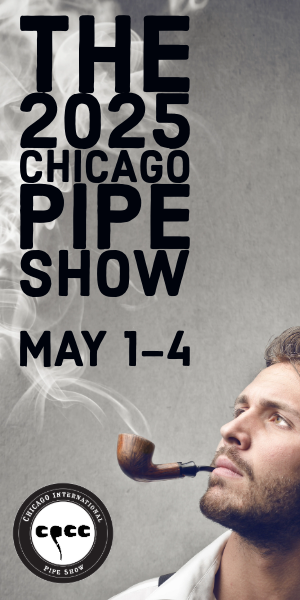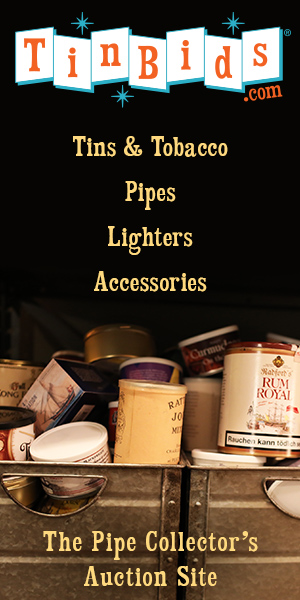First of let me tell I am mainly in the english/orientals and I am not interested in aromatic. I have a question about the quality of tobacco used by the best small blenders companies with a long history notably Peretti, Pipeworks and Wilke, and Kramer.
This is coming out as I tried the Kramer Father Dempsey which I found an excellent English mixture better than other of big companies. My impression is that the quality of the tobacco used was top notch better than others. So my question is how is the quality of the tobacco used by these small blenders companies, can be really better than the one used by the big companies?.
Please note the real reason of this note is not looking for a list of comparative opinions on the specific blends offered by these small blenders but rather a general assessment of the quality of the tobacco used and if in general the offerings of these small companies could be a better option than the correspondent ones from the big ones.
This is coming out as I tried the Kramer Father Dempsey which I found an excellent English mixture better than other of big companies. My impression is that the quality of the tobacco used was top notch better than others. So my question is how is the quality of the tobacco used by these small blenders companies, can be really better than the one used by the big companies?.
Please note the real reason of this note is not looking for a list of comparative opinions on the specific blends offered by these small blenders but rather a general assessment of the quality of the tobacco used and if in general the offerings of these small companies could be a better option than the correspondent ones from the big ones.







